A type of concrete that has forced the closure of dozens of schools in England is present in a number of buildings across Tayside and Fife.
Reinforced autoclaved aerated concrete (Raac) was used between the 1950s and the 1990s as a cheaper and lighter alternative to heavier concrete in both public and private buildings.
However, concerns have emerged in recent years about the durability of the material.
Raac safety concerns have now forced the closure of more than 100 schools in England.
Buildings north of the border remain open.
We take a look at the sites in Tayside and Fife confirmed as having Raac present – and what the risks are.
Police Scotland
Raac has been found in three Police Scotland buildings across the country – two of which are in Tayside.
An external boiler room at Perth police station and the second-floor training and traffic block at Dundee’s Baluniefield police station both have the material.
A Police Scotland spokesperson said: “Staff based in the affected areas have been informed, with alternative working arrangements made where required, while structural engineers carry out further assessment and remedial works.”
Dundee City Council
Two Dundee schools have been confirmed as having Raac.
The council confirmed Ardler and St Fergus primary schools are affected by the issue in a letter sent out to parents on Tuesday.
They remain open to pupils as they have been assessed and “do not present an immediate safety issue”.
A spokesperson said: “Regular detailed inspections will be undertaken to monitor their condition and an intervention strategy has been developed to remediate the affected properties should the structural inspections determine that the Raac is in decline.”
Perth and Kinross Council
After the concrete was found in a section of the roof at Perth Grammar School in February 2023, the panels were replaced.
A spokesperson for Perth and Kinross Council said: “Ensuring our premises are safe for all is a priority and our current programme of building condition surveys includes checking for Raac panels.”
St Andrews University
Student venues Club 601 and StAge in the Union at St Andrews University have been closed after a safety inspection found Raac in the roofspace.
Work is taking place to replace the Raac panels, which is expected to last until early summer 2024.
Dundee University
It has been revealed Dundee University will need to spend millions of pounds on repairs to make its buildings safe due to concerns over the presence of the concrete.
In April, parts of Dusa, the Fulton Building and the Crawford Building were temporarily closed as a precautionary measure due to RAAC concrete found within their roofs.
Abertay University
An investigation by the Scottish Lib Dems revealed about 50% of roof panelling on the Kydd Building at Abertay University contains Raac.
A spokesperson from Abertay University said: “We are confident that there is no immediate risk to students or staff and will continue to follow all guidance issued to the sector on this national issue.”
Dundee and Angus College
The engineering and construction blocks at Dundee and Angus College’s Kingsway campus both have Raac present.
A spokesperson for the college said: “In line with best practice, a formal inspection has been scheduled for both locations during the October break.
“The outcome of this inspection will inform any actions that may be required going forward.
“Any actions arising required will be undertaken to ensure that these areas remain safe for students and staff.”
Where Raac is under investigation…
NHS Tayside
The Courier reported earlier this year that a series of NHS buildings across Tayside and Fife had been identified as potentially containing Raac.
NHS Tayside said it is continuing to “follow national guidance and has been engaging with colleagues from NHS National Services Scotland in relation to areas that could potentially contain reinforced autoclaved aerated concrete”.
However, the health board has yet to confirm whether any Raac has been found in these sites.
NHS Fife
NHS Fife says several of its buildings were identified as potentially having Raac due to their age.
A spokesperson said: “More detailed surveys have recently been carried out to determine whether the material is present in any of the most likely buildings identified and we await the results.
“These surveys will also determine any requirements in terms of ongoing monitoring or whether any immediate or future remedial action is required.”
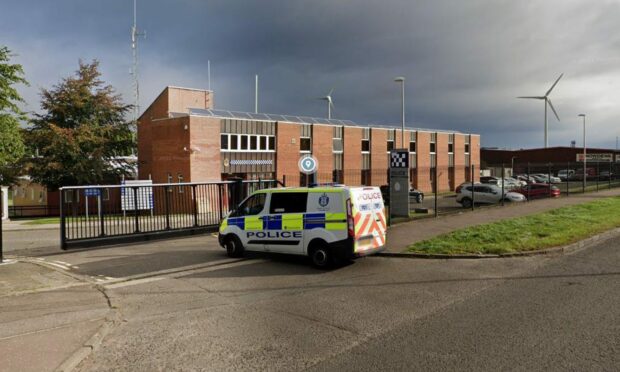
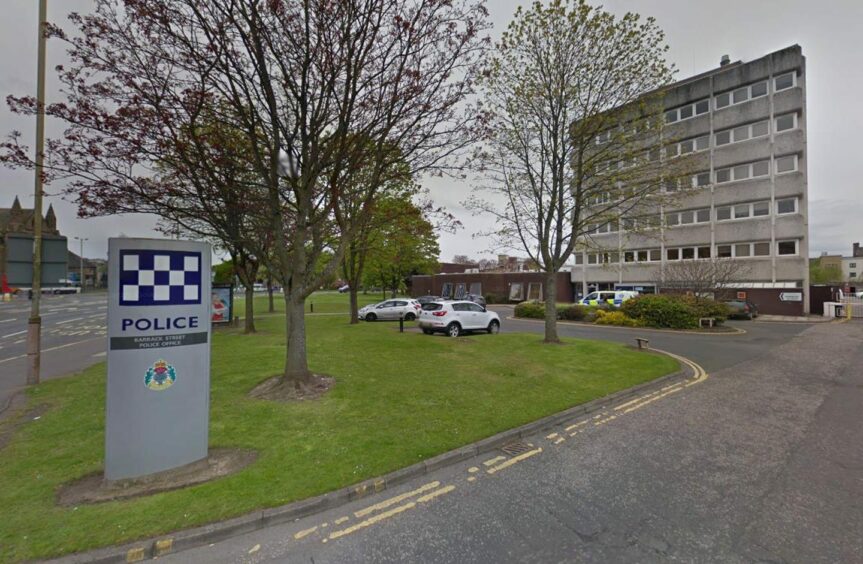
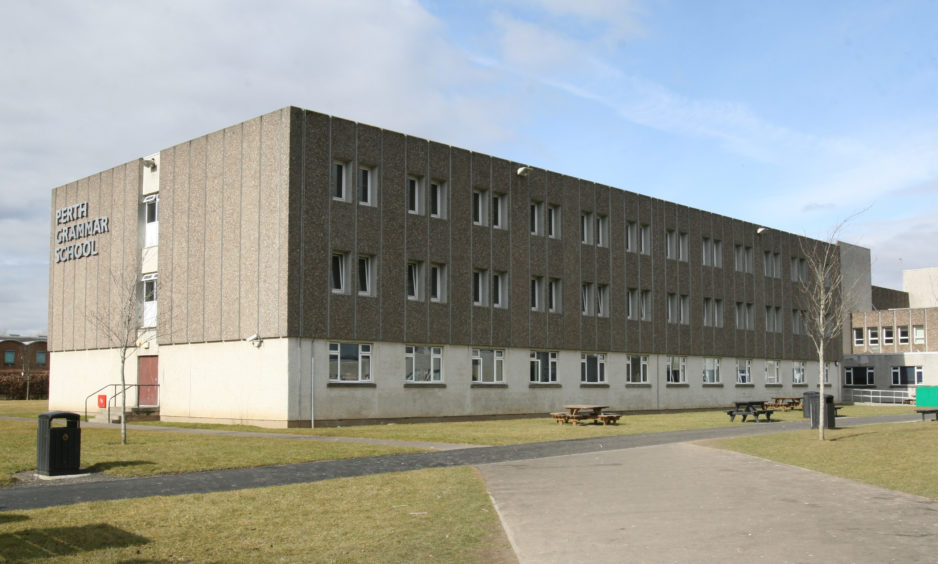
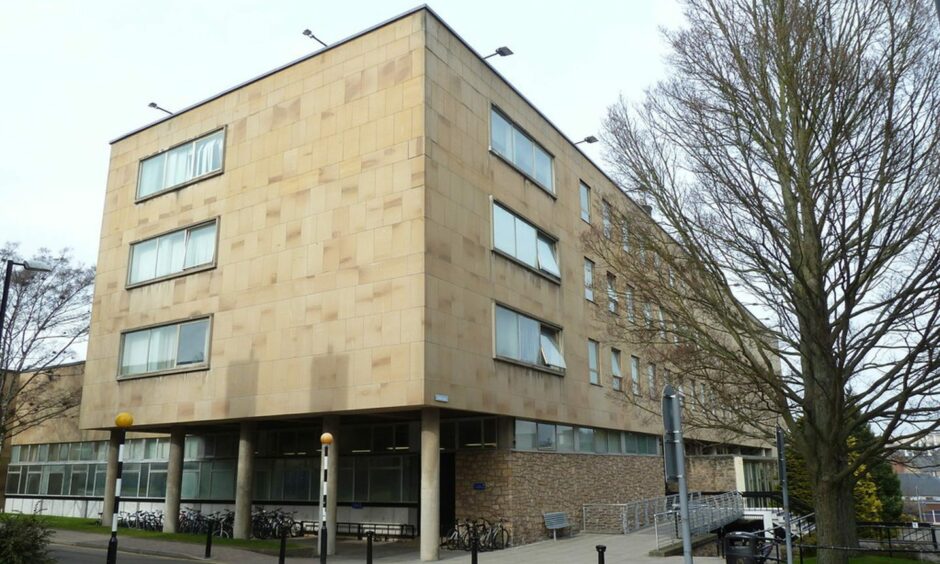
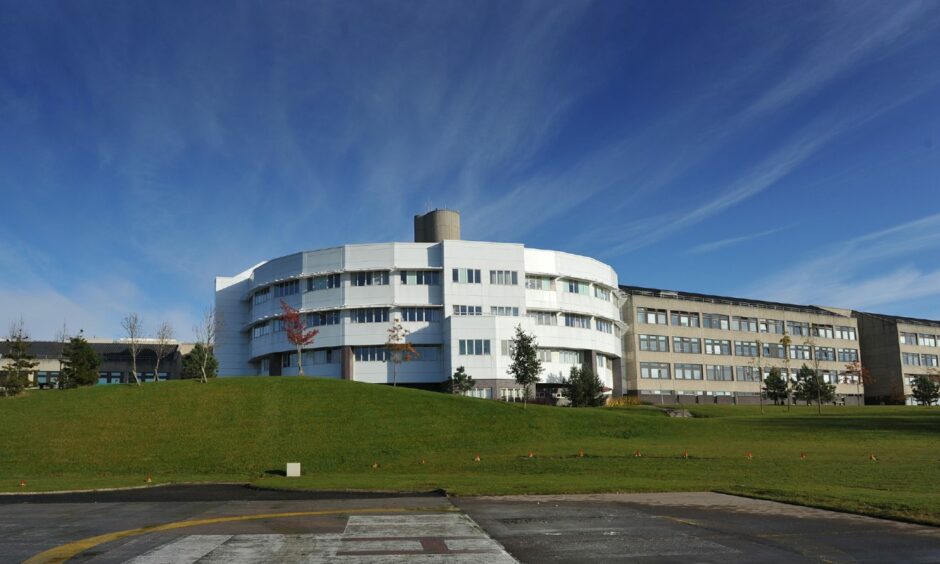
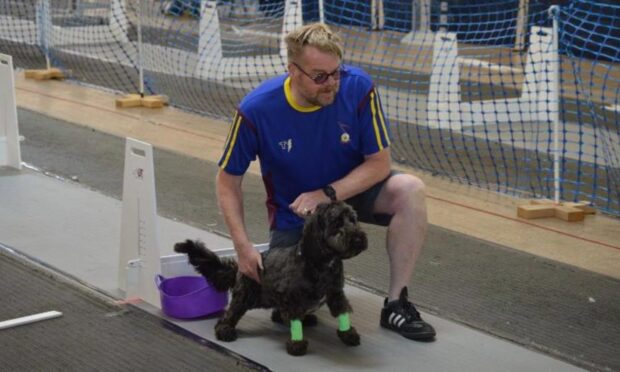






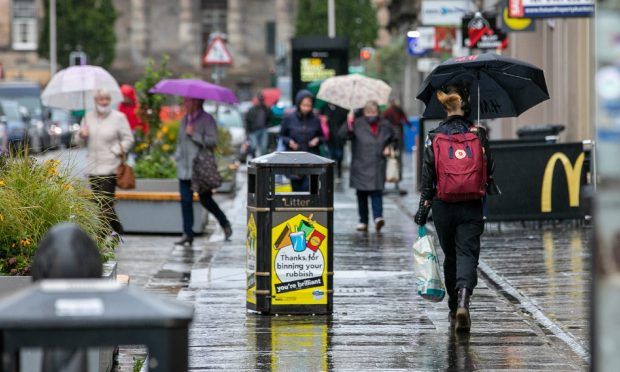

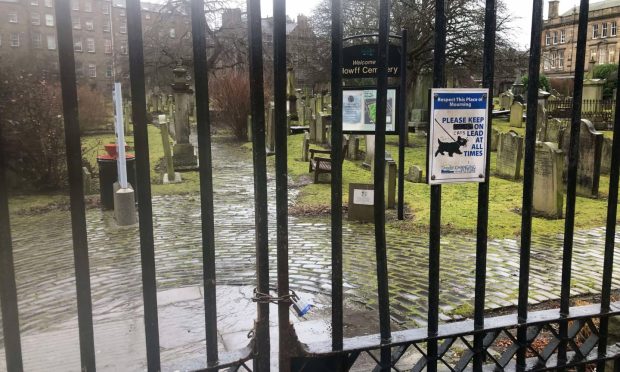
Conversation